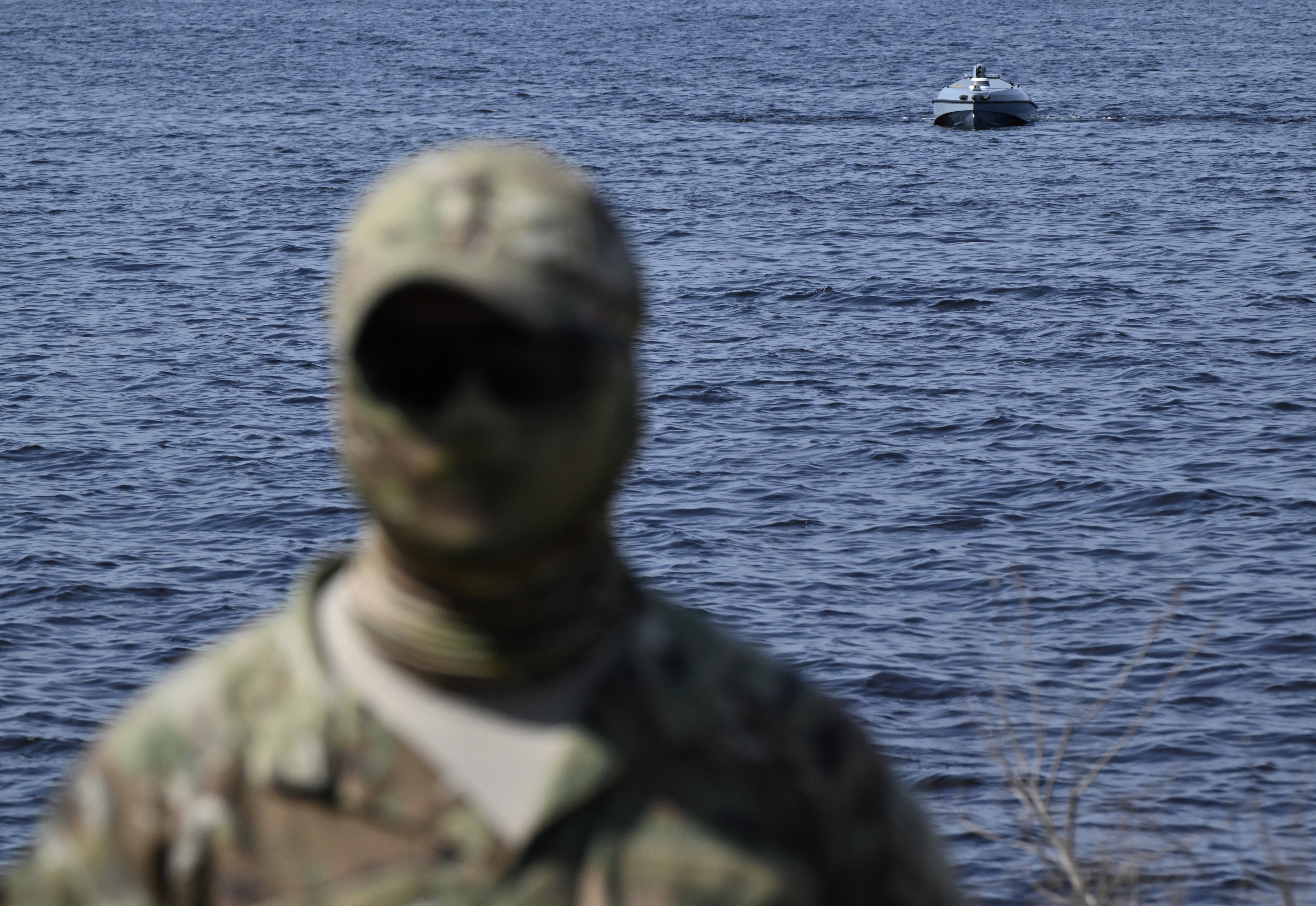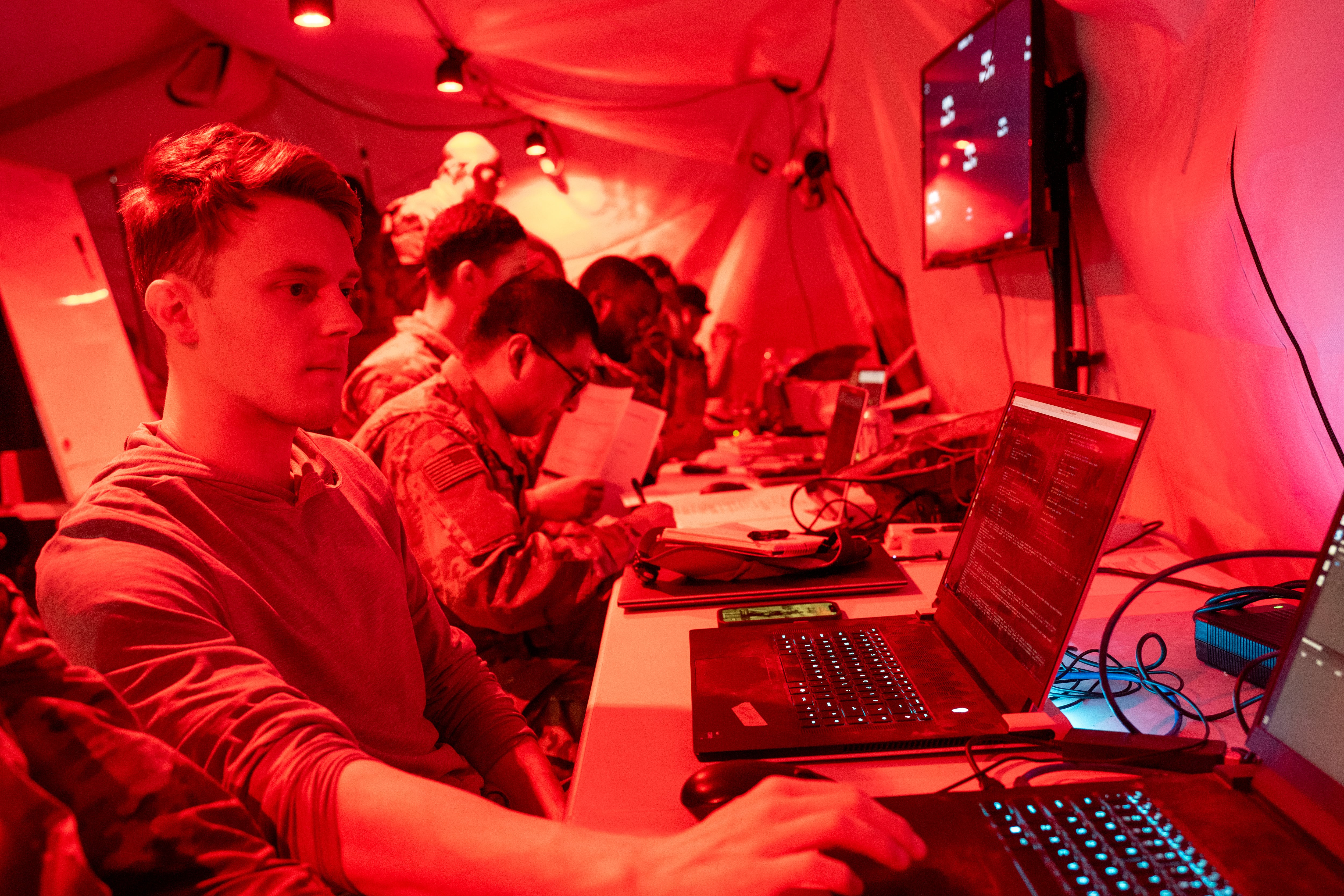The Pentagon’s next generation missile warning system will incorporate satellites in low earth orbit in addition to five satellites already under contract to operate in geosynchronous orbit, leaders from the Air Force’s Space and Missile System Center confirmed Sept. 17.
Next Gen Overhead Persistent Infrared satellites are meant to replace the soon-to-be legacy Space-Based Infrared System and serve as the Air Force’s premier satellite system for detecting and tracking missiles from space. The Air Force has contracted with Lockheed Martin for three satellites to operate in geosynchronous orbit and Northrop Grumman for two additional satellites to cover the polar regions.
But unlike SBIRS, the Pentagon wants OPIR to incorporate a proliferated constellation of satellites in low earth orbit that will be able to augment its mission.
Next-Gen OPIR will take advantage of a hybrid architecture of large exquisite satellites operating in GEO and cheaper, smaller satellite operating in low earth orbit, Col. Dennis Bythewood, who oversees space development for the Space and Missile Systems Center, told reporters at the annual Air Force Association conference Sept. 18.
In documents outlining Project Blackjack, DARPA’s pilot program for demonstrating military capabilities for large proliferated constellations in LEO, agency leaders told industry they were interested in hosting missile warning payloads on their satellites. Breaking Defense reported in June that Raytheon, one of two teams currently competing to build the payload for the GEO OPIR satellites, was developing a military sensor payload for Project Blackjack.
Bythewood said the Air Force is working with DARPA and the Space Development Agency to determine what that low earth layer of a missile warning system would look like. For example, payloads in low earth orbit would look different than their GEO counterparts. Each of those payloads will be designed to capitalize on the advantages of each orbit, he added.
“The threat is different in different orbits, and the capability that we can deliver from sensitivity and other things like that is also different in different orbits. The closer you get to earth, the better you see,” Bythewood said. “What sensitivity do I need to be able to do the job? What is the price point by which I can proliferate that capability in that orbit. And then how survivable am I to the threat in that orbit? Those are the trades that we will make (in developing LEO satellites).”
Nathan Strout covers space, unmanned and intelligence systems for C4ISRNET.








